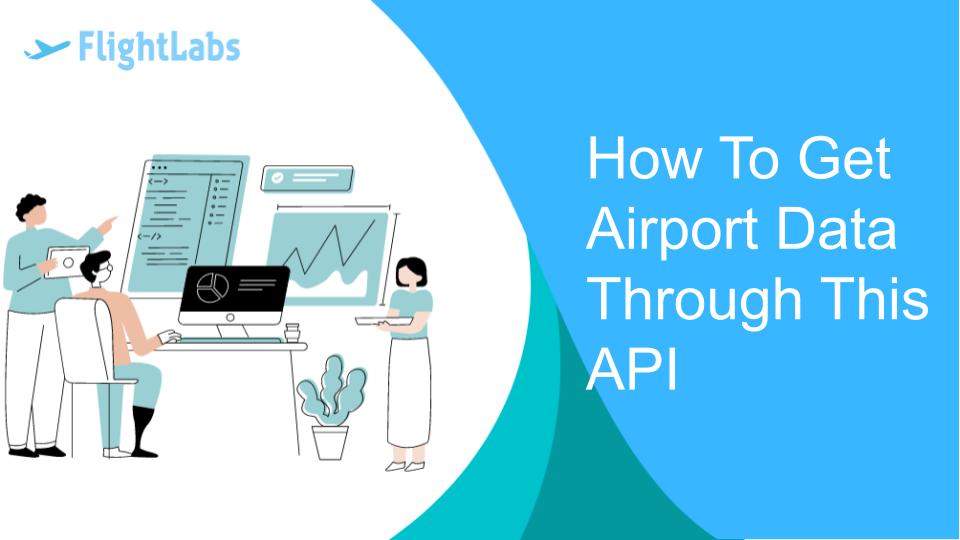How To Get Airport Data Through This API

Accessing accurate and real-time airport data is essential for various stakeholders in the aviation industry, from airlines and travel agencies to developers and passengers. This blog post will guide you through the process of getting airport data through a dedicated Airport Data API, highlighting the steps involved and the benefits it offers.
Register and Obtain API Credentials:
Once you've selected an API provider, the next step is to register for an account and obtain API credentials. This typically involves signing up on the provider's website, agreeing to terms and conditions, and generating API keys or tokens. These credentials will authenticate your API requests and grant you access to the data endpoints.
Understand Data Endpoints and Parameters:
Familiarize yourself with the data endpoints and parameters offered by the API provider. Data endpoints are URLs that allow you to access specific sets of data, such as flight information, airport facilities, weather conditions, and ground transportation options. Parameters are additional options you can use to customize your API requests, such as date ranges, location filters, and data formats.

Choose the Right API Provider: FlightLabs
The first step in getting airport data through FlightLabs is to choose the right API provider. Look for providers that offer comprehensive data coverage, real-time updates, secure authentication methods, easy integration options, and reliable customer support. Consider factors such as data accuracy, API documentation, pricing plans, and user reviews to make an informed decision.
Make API Requests:
Once you have FlightLabs credentials and understand the data endpoints and parameters, you can start making API requests. Use programming languages or tools that support HTTP requests, such as cURL, Postman, or Python's requests library. Construct API requests with the appropriate endpoint URLs, parameters, and authentication headers to retrieve the desired data.
Retrieve and Process Data:
Upon making API requests, you will receive data responses from FlightLabs . The data format may vary depending on the API provider, commonly JSON or XML. Process the data responses in your application or system, extracting relevant information and structuring it for display or analysis. Implement error handling and data validation mechanisms to ensure data accuracy and reliability.
Integrate Data Into Your Applications:
Integrate the retrieved airport data into your applications, websites, or systems to provide valuable services to users. For example, you can build flight tracking apps, airport information portals, travel planning tools, or airline management systems. Customize the user interface and features based on the integrated data to enhance user experiences.

Ensure Data Security and Compliance:
When working with airport data through FlightLabs, prioritize data security and compliance with regulations such as GDPR, CCPA, and aviation industry standards. Implement secure authentication mechanisms, data encryption, access controls, and data anonymization where applicable. Regularly review and update security measures to protect sensitive data.
Conclusion:
In conclusion, getting airport data through an API involves choosing FlightLabs, registering for API credentials, understanding data endpoints and parameters, making API requests, retrieving and processing data, integrating data into applications, ensuring data security and compliance, and continuously optimizing API usage. By following these steps and leveraging an Airport Data API effectively, you can access valuable airport data to enhance your services, improve decision-making, and deliver exceptional experiences to users in the aviation industry.